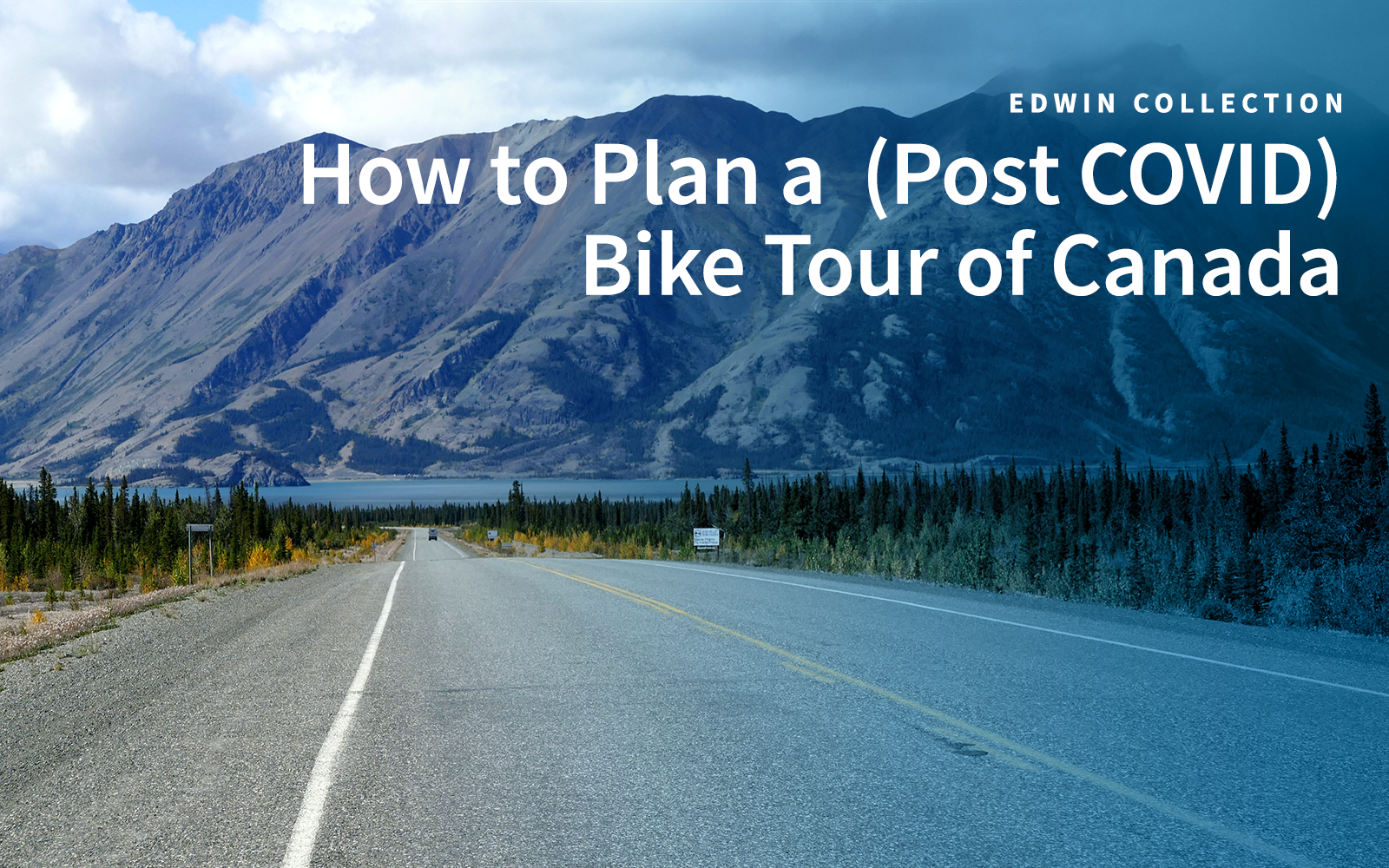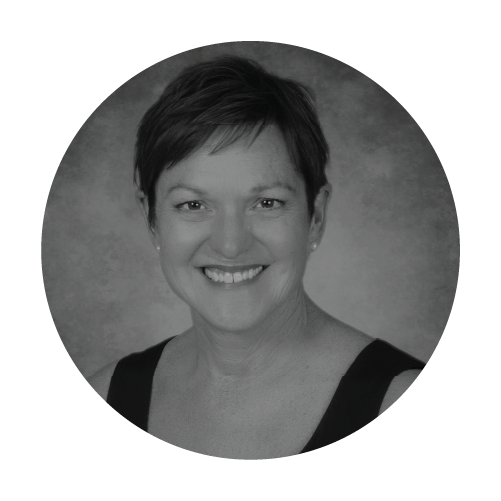5 End of The Year Projects
With the end of the year upon us, I wanted to share some of my favourite projects that I think would be a great fit in your classroom. In the last project, I share my process for finding, customizing, and facilitating projects using a pre-made Collection inside of Edwin.
Did you know? You can find dozens of projects inside the Edwin library when you search “projects”
This Collection explores the inquiry process through both English Language Arts and History outcomes. Students use historical inquiry skills to research the experiences of, and challenges faced by, a particular group in Canadian history, and then share the story they discover through a creative ELA assessment task.
I just love this Collection. It gives students the opportunity to exhibit year-end learning. I love the overarching applications here – lots of options for expansion.
The cross-curricular connections and the opportunities for self-reflection are abundant in this project – lots of room for student agency.
This is an open inquiry project in which students, playing the role of bicycle tour operators, work in groups to plan out the details of a bike trip anywhere in Canada.
Who doesn’t like to bike? This is an engaging inquiry project where students can use skills from multiple subjects.
The end project can be shared in a variety of ways.
While this project is math-oriented, it can easily be changed to focus on other subjects. For example, Geography and History are natural connections.
This Collection will get students thinking collaboratively about ways that an abandoned field or parking lot could be converted into a productive and diverse food forest.
This Collection is an excellent year-end class project with great community connections.
It allows for the inclusion of multiple subjects.
Students can use their problem-solving skills to create a plan to convert an abandoned location into a food forest. Alternatively, teachers can encourage their students to use the concepts in this Collection to convert the location into something else.
In this project, students apply concepts related to geometry and measurement to design their own airport runways. Students use parallel and perpendicular lines, perpendicular bisectors, angle bisectors, and the areas of parallelograms and triangles in their designs.
The title intrigued me as I, like many people, can hardly wait to travel again!
This Collection is great for a group project. It allows students to be creative throughout the learning process and encourages them to apply their learning across multiple subjects.
There are many extensions and iterations you could make to this project. I often take the core aspects of the Edwin project and add my own spin to it.
With the end of the year approaching, I wanted my students to reflect on the past year through a variety of lenses: both academic and personal. The Heritage Minute 2.0 Collection year-end reflection was inspired by memories from my youth of watching ‘Heritage Minutes’ on TV. I just loved them … that might be why I studied History at university!
This version 2.0 Heritage Minute Collection provides a great opportunity for students to use core competencies combined with their personal and curricular interests to think about what they learned in this past year, their understanding of the world as it has evolved, and how they want future generations to ‘see’ 2020-2021.
How I Choose My End Of Year Projects
I was looking for a reflective summative Collection that offered student agency for both choices of curricular ties and metacognitive skills. The Heritage Minute sparked my interest because:
It has a multidisciplinary approach.
It provides the opportunity for students to practise and reflect on each step of the inquiry process.
It allows students to demonstrate their understanding of themselves and the world around them.
Students have the opportunity to speak, listen, view, read, write, and create media texts, as well as think creatively, critically, and problem solve.
Step 1: Find and Preview Projects in Edwin
I first reviewed the descriptions and instructions found inside the project to understand the essence of the Collection. I mined the Collection for nuggets that would complement the ideas that I had in mind.
I reviewed the Learning Objects (LOs), deleted the ones that did not work for my plan and added an assessment task for the project.
Watch the video to see what I did.
Step 2: Customize the Project
When I create a project, I like to ensure students have some agency but ensure that there is alignment to the area of focus/task at hand. In this project, I decided to start with a video from Heritage Minute: Elsie MacGill. This provides students with an overview of what the end product could/should look like.
To help students get started, I would have them reflect on the following questions while watching the video.
What did you notice?
What artifacts were included?
What perspective is used?
What ‘tag’ is used?
What 5 sentence description will you use?
There are some great tools inside of Edwin that help students walk through the inquiry process. Check out the links below.
Step 3: Ensure Student Agency is Present
This could very well be steps 1, 2, and 3 in my planning process as I feel that this is the number one component to ensure a successful project. Throughout the project, the class will have regular pitch sessions/project tuning sessions where students unveil their progress, discuss their ideas, and get feedback from their classmates. This promotes student voice and choice for the completion of a unique project. I love to use the Project Tuning Model to conduct these pitch sessions. I use this model for a variety of conversations - not just conversations with students. Want to learn more? Check out the article below.
Not on Edwin yet?
Explore these topics and more in your classroom with an Edwin FREE Trial:
Kathleen is a retired educator: Secondary Teacher, School Based Administrator, District Principal, and Instructional Leader with over 35 years of experience. Kathleen brings extensive experience in professional learning, instructional transformation, curriculum development, inquiry-based instruction, innovative assessment practices and the International Baccalaureate Programmes. Kathleen is passionate about collaborating with other educators to redesign teaching and learning to engage students in deeper thinking and learning.







